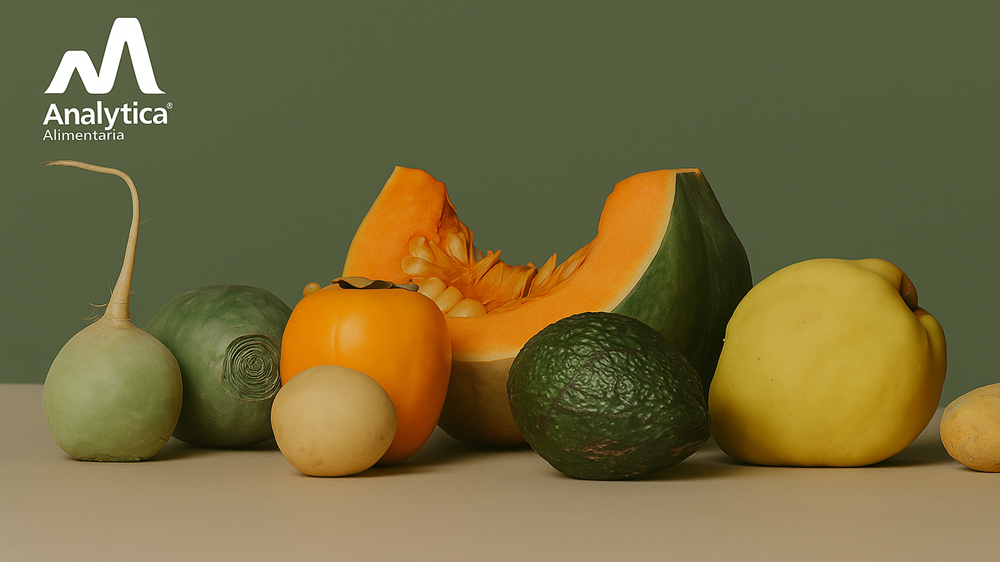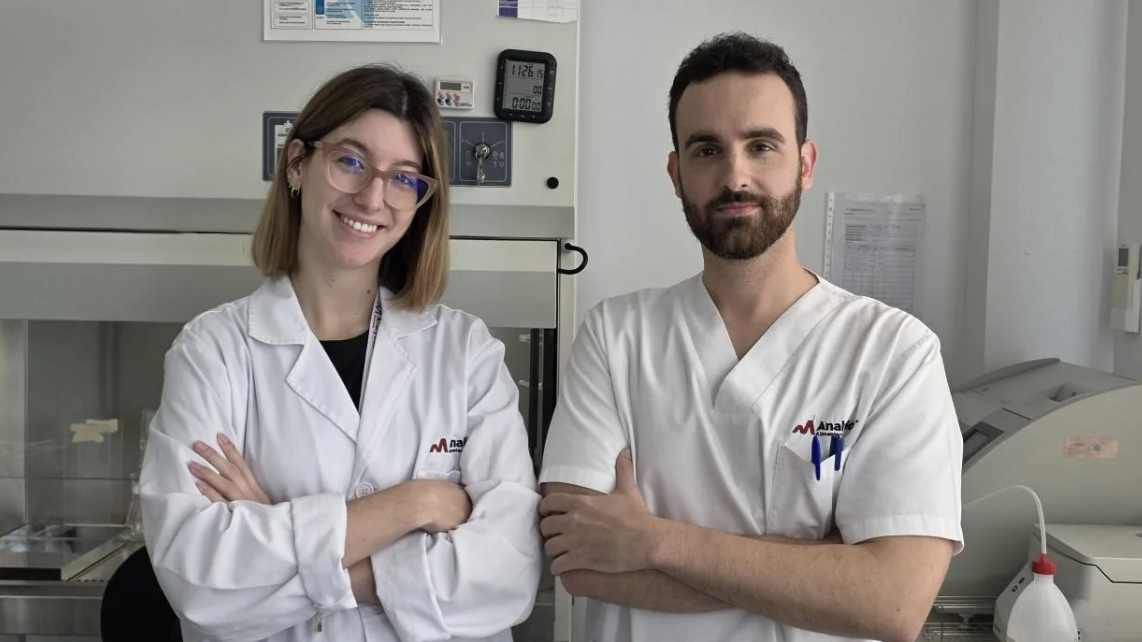Measurements
Early detection of Cucurbitacin in commercial varieties
Cucurbitacin is a toxin generated naturally in species of the Cucurbitaceae family. The chains of supermarkets register claims on the part of the consumers when detecting bitter flavor in pumpkins and zucchini, even after their cooking. High doses of consumption can cause food poisoning. The most serious case occurred in Germany with the death of a man by eating zucchini.
30 July, 2020
Cucurbitacin is a toxin generated naturally in species of the Cucurbitaceae family. The chains of supermarkets register claims on the part of the consumers when detecting bitter flavor in pumpkins and zucchini, even after their cooking. High doses of consumption can cause food poisoning. The most serious case occurred in Germany with the death of a man by eating zucchini. ANALYTICA ALIMENTARIA has worked on developing a method of early detection of Cucurbitacin to reduce risk and ensure food safety. Need for a methodIn recent years, there have been numerous cases of intoxication by Cucurbitacin, a toxin generated naturally in some tissues of the Cucurbitaceae family as a means of defense against herbivores, because its presence is associated with a characteristic taste bitter. Depending on the dose of consumption the symptoms can vary from nausea, malaise, stomach pains or gastroenteritis. The most serious case was detected in Germany in 2015 after the death of a man due to the intake of homegrown courgettes. As a result of these facts, the Authorities of some Federal States recommend avoiding the consumption of bitter-tasting vegetable foods, whether they are raw or cooked. The need arises to develop a method that allows the early detection of this substance and its concentration, in order to guarantee food safety. The substanceCucurbitacins are a heterogeneous group of more than 40 substances divided into 18 structural groups (Cucurbitacin A-T, without M and N), the majority being glycosides. PresenceThe genetic improvement has allowed silencing the gene that generates this substance, to obtain commercial varieties free of Cucurbitacin. Even so, specific cases of intoxication appear. Although they are always associated with private gardening, supermarket chains also register consumer complaints when they detect bitter taste in foods such as pumpkin, courgette, cucumber or melon, even after cooking. Cause of its presence in commercial varieties - Spontaneous crossing of commercial varieties with wild varieties of the Cucurbitaceae family, for example, ornamental gourds. - Spontaneous mutation. - Cultivation for self-consumption. - External factors that increase the synthesis of Cucurbitacin, such as injuries or water stress. An early detection methodThe presence of Cucurbitacin is associated with bitter taste, but the organoleptic analysis is not a conclusive detection method because there is no direct relationship between the intensity of bitterness and the concentration of said substance. The method was developed through detection of characteristic mass spectra by LC-Q-TOF and comparison with a commercially available database, identifying several Cucurbitacins. Once the characteristic fragments were identified with the LC-Q-TOF system, the corresponding data were transferred to an LC-MS / MS system to validate the method containing the following Cucurbitacinas: B, D, E, E-2-O-glucoside and I. The method was validated at a limit of quantification of 0.01 mg / kg. From the Department of Analytical Food Projects, the sampling was coordinated to develop the practical application of the method. In total, 49 samples of pumpkin and zucchini from commercial varieties of Spain and 9 samples of ornamental pumpkins were analyzed. The results indicate that the highest concentrations are found in ornamental varieties, contrasting that the groups of Cucurbitacin D or I are suitable indicators for their detection. Early detection and its benefits - Prevent food poisoning, for being a toxic substance. - Ensure that the foods that are sold in supermarket chains are free of Cucurbitacin, reducing possible claims. - Develop agronomic strategies that avoid the spontaneous crossing of commercial varieties with wild. - Promote the awareness of latent risk in self consumption crops.












